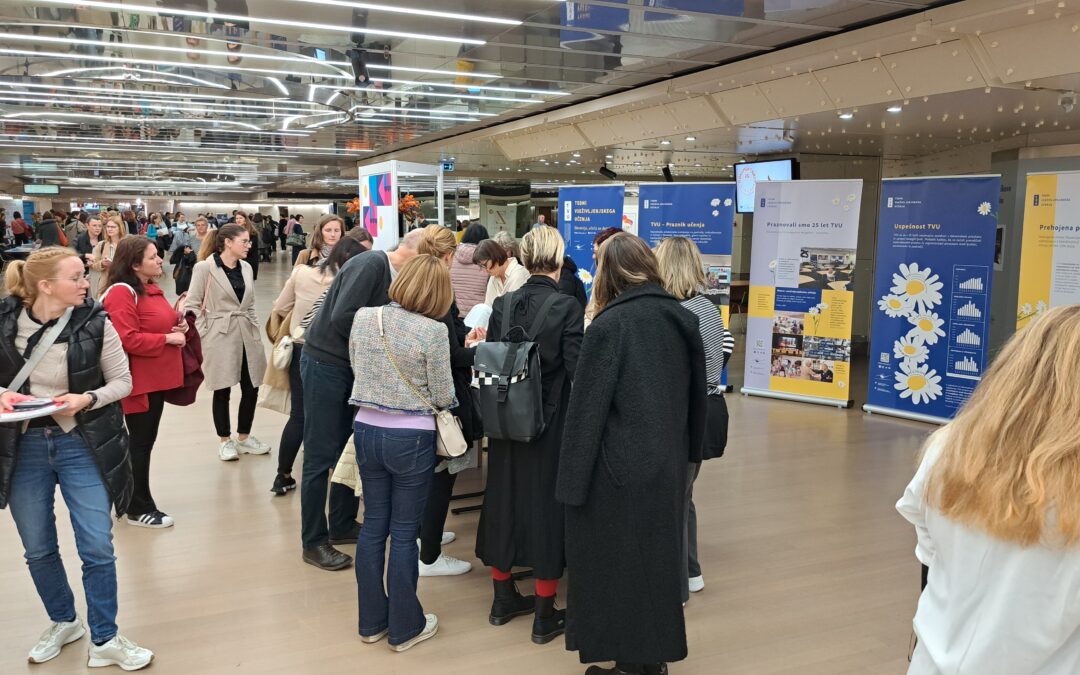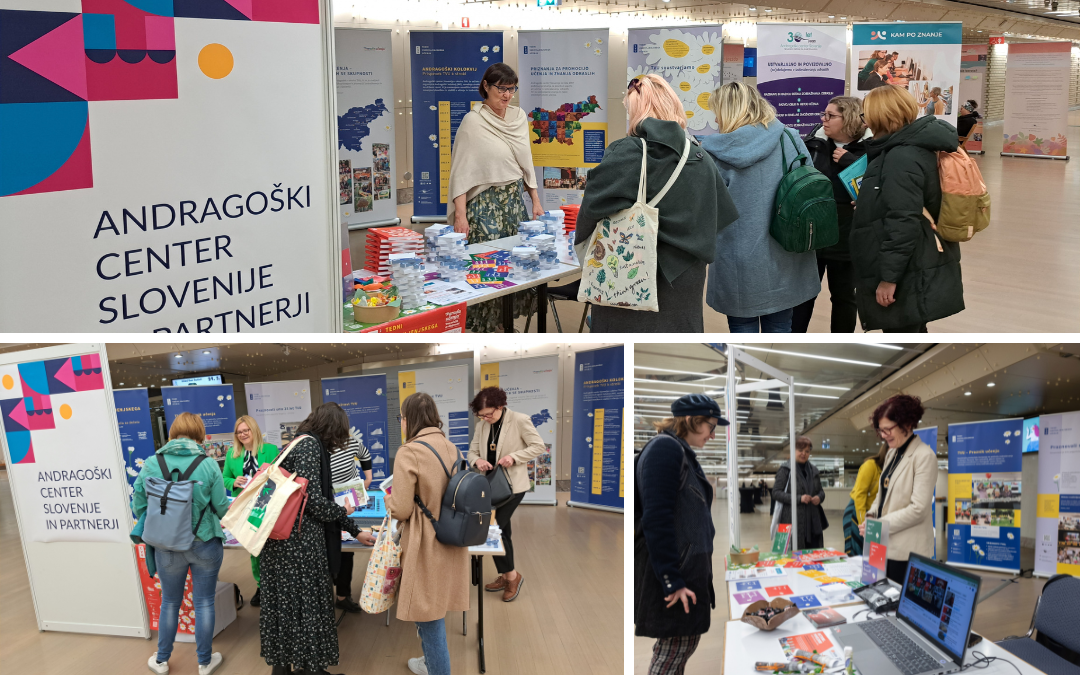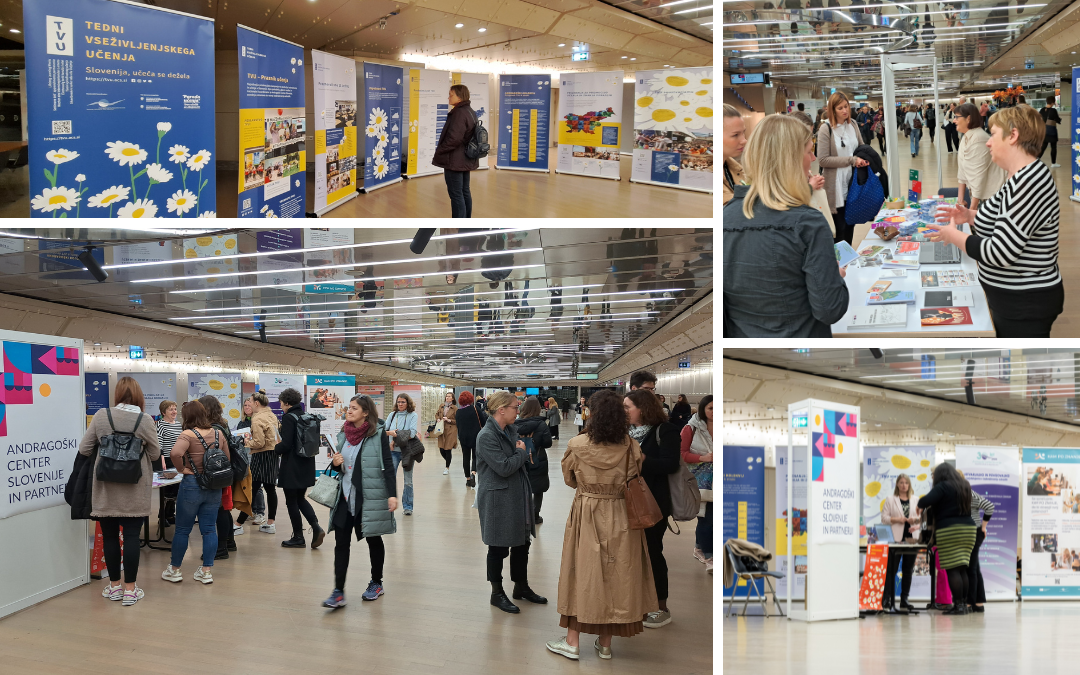The Cultural Bazaar, held in March at Cankarjev dom in Ljubljana, brought together around 1,000 participants and contributors. The central theme, living in harmony – culture and art for a safe and encouraging world, creates a space for establishing new relationships and connections among people as well as various aspects of our lives, such as health, environment and space.
How are the ideas that artists realise in their work generated? Irena Štaudohar posed this question in the introductory plenary lecture. Her in-depth knowledge of art, the mountains of books she has read and the numerous interviews she has conducted give her a unique insight into magic. She described her understanding of creativity, which, she says, is connected with various mythologies and mysteries. She identified and named the factors that creators have in common. Artists are strong; they get up early, and they have their rituals. They love solitude and walking. But what happens within us when we read, watch or listen to art? This remains a mystery and is part of the magic mentioned above.
We invited visitors to participate in LLW (10 May – 16 June), the most prominent promotional campaign for education and learning in Slovenia, and the Learning Parade – Day of learning communities (22 May).
Joining us was the regional coordinator for LLW and the Learning Parade – the Šmarje pri Jelšah Library with its units Bistrica ob Sotli Library and Kozje Library.
We gladly accepted the SIAE’s invitation to present our integration of culture and lifelong learning at this year’s Cultural Bazaar, with a focus on activities in our two local libraries in Bistrica ob Sotli and Kozje. Through learning and culture, we all grow is the slogan we chose for this year’s LLW and the Learning Parade. With it, we emphasise the power and importance of culture while also conveying the message that learning and culture are inseparably linked, as both enable us to grow throughout our lives. In this spirit, we presented to visitors all our reading badges (from pre-school to mountaineering), study circles, LLW, the seed library, U3A, educational programmes of the Baroque Museum, etc. and even our library’s YouTube channel. The published cultural and educational content is accessible to everyone. We were pleased with the positive response from visitors, their familiarity with our institute’s work, and especially with our online content. In addition to presenting ourselves to a broader professional audience, participating in the Cultural Bazaar provided us with the opportunity to network, exchange ideas and meet other providers of educational and cultural content. We are therefore grateful for the opportunity to participate.
We believe that together, we enriched understanding and encouraged reflection on the importance of lifelong learning and quality cultural and arts education in creating a safe, encouraging and inclusive community.
Mateja Pečar (mateja.pecar@acs.si), SIAE



